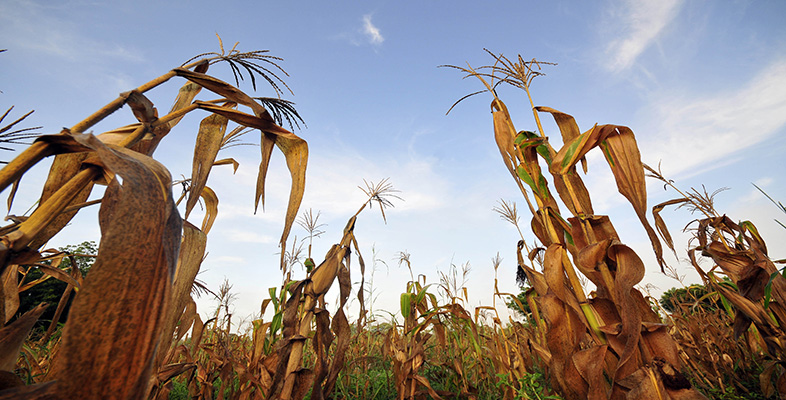2.3 The Industrial Revolution and its environmental impacts
The environmental issues you have identified in your answer to the first exercise are likely to be complex and difficult to unravel, yet alone resolve. Rather than attempt that at this stage I'd like to start this section with another question. Where does our material prosperity come from? To which one short answer would be 'The Industrial Revolution'. In the space of less than 100 years between the eighteenth and nineteenth centuries, first Britain, then several other countries completely transformed the nature of their economies. By looking briefly at the development of the industrial economy which underpins our present societies, we may hope to gain some insights into topical concerns.
You can gain some of these insights through reading Tim Jackson's chapter 'Material transitions: the birth of the industrial economy' in Material Concerns: pollution, profit and quality of life. In this chapter he describes the massive increase in energy use, obtained by burning fossil fuels, which powered the development of new industries, transport and a massive throughput of material, and also allowed a large increase in the UK population.
These impressive increases in material flows, enabled by our control of powerful sources of energy, then transformed by new technologies into machines and goods, were the basis of much of the material wealth of a newly industrialised Britain. The industrial base was also the guarantor of its military prowess which allowed it access to the resources of a growing empire, but that is another story. Another effect of the Industrial Revolution, as Jackson points out, was the mass migration of populations from the countryside to the fast growing towns and cities where the factories and work were to be found.
'And what cities! … smoke hung over them and filth impregnated them, the elementary public services – water supply, sanitation, street-cleaning, open spaces, and so on – could not keep pace with the mass migration of men into the cities, thus producing, especially after 1830, epidemics of cholera, typhoid and an appalling constant toll of the two great groups of nineteenth century urban killers – air pollution and water pollution or respiratory and intestinal disease.'
(Hobsbawm, 1969, p. 86)
Air and water pollution came, for example, from coal burning, as well as most stages in the production of metals and basic chemicals. In the absence of suitable sanitation and refuse collection, waste from domestic sources caused additional problems. The impact on the health of urban populations from water-borne diseases like cholera and typhoid, from air pollution, and occupational exposure to hazardous materials was often devastating, and particularly affected working families housed close to the industrial sources. The levels of pollutants that occurred regularly then would lead to prompt action now, at least in more prosperous countries and localities. Yet in spite of the harm to populations in the vicinity, the impacts of pollution generally remained localised, and by today's standards only a limited range of chemical compounds and materials was used by industry. Often the simple expedient of dispersing the pollutants more widely, by using a high chimney, for example, seemed sufficient to solve the problem.
